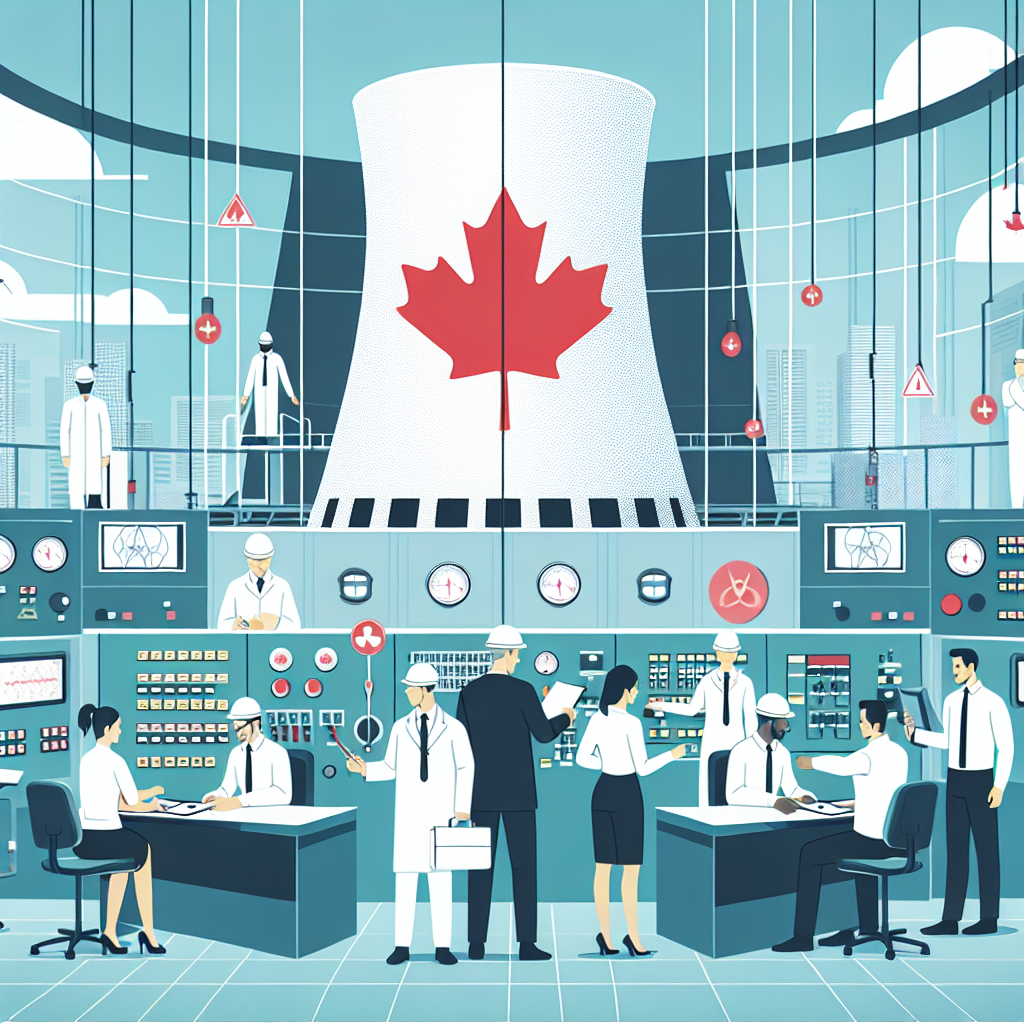
Canada's nuclear power sector is undergoing a remarkable transformation, marked by renewed investments, cutting-edge technology, and a strong commitment to clean energy. This resurgence not only strengthens the nation's energy grid but also provides a plethora of opportunities for job seekers and professionals in the field. In this article, we delve into the current state of nuclear power in Canada, major developments, economic impacts, and the nation's role in global uranium production.
As of 2025, nuclear energy accounts for approximately 13% of Canada's electricity supply, with 17 reactors delivering a combined capacity of 12.7 gigawatts (GW). Most of these reactors are located in Ontario, where they fulfill over 50% of the province's electricity requirements. Key facilities include the Bruce Nuclear Generating Station and the Darlington Nuclear Generating Station, which play a pivotal role in supporting the province's energy demands.
Ontario is leading Canada's nuclear renaissance with the construction of the country's first small modular reactor (SMR) at the Darlington site. This initiative is part of a larger plan to establish four SMRs by 2030, each capable of supplying electricity to 300,000 homes. The initial reactor is estimated to cost $6.1 billion, with shared systems adding another $1.6 billion.
Ontario Power Generation (OPG) has approved the construction of a GE Vernova Hitachi Nuclear Energy SMR, expected to become the first operational SMR in the Western world by 2030. These developments are projected to generate up to 18,000 jobs and inject $38.5 billion CAD into the Canadian economy over 65 years.
The expansion of the nuclear industry is generating significant employment opportunities. For instance, BWXT Canada is investing $80 million to expand its Cambridge, Ontario facility, creating 200 new jobs to meet the escalating demand for nuclear components. Furthermore, Ontario's ambition to double its nuclear capacity by 2050 aligns with the utilization of CANDU reactors.
The federal government is also streamlining the approval process for new nuclear projects to meet climate goals and stimulate economic growth, reducing delays and promoting efficient development of nuclear facilities.
Canada is set to reclaim its status as the world's top uranium producer, propelled by increased demand for nuclear power and geopolitical factors affecting global supply chains. Companies such as Cameco are planning a 30% increase in production in 2024, with new projects by NexGen and Denison Mines expected to further boost output, potentially doubling Canada's production by 2035. This resurgence not only ensures greater energy security for Western markets but also reinforces Canada's strategic role in the global nuclear industry.
Canada's nuclear power sector is experiencing a transformative era characterized by significant investments, technological advancements, and a commitment to clean energy. These developments not only bolster the nation's energy infrastructure but also create substantial employment opportunities, solidifying Canada's position as a global leader in the nuclear industry.